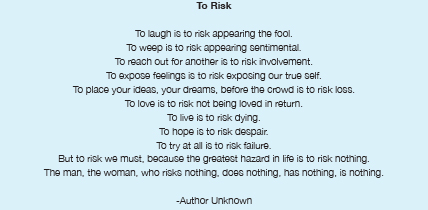Contributed by: Jaclyn Jackson
Any real estate broker would tell you, “location, location, location” is a key factor to consider when purchasing property. It comes as no surprise that on August 31st, 2016, Real Estate Investment Trusts (REITs - for more information on REITs check out the most recent Investor Ph.D.) will break away from Financials to claim prime residence as an individual sector in the Standard & Poor’s 500 and the MSCI market indexes. The new sector signifies the increasing importance of real estate as an asset class in global equity markets and is expected to strengthen the appeal of real estate investment trusts among a wider pool of investors.
With all the volatility markets have experienced this year (check out our First Quarter’s Investment Commentary for reference), investors may be curious about the implications of this change. The good news is that the REIT sector will likely produce positive changes that create better investment choices for investors, decrease volatility in the sector, and help investors build up portfolio diversification.
More Options: Greater real estate investment visibility could spur the creation of new investment products; more REITs could go public; and non-real estate companies will have the opportunity to monetize their real estate holdings by spinning them into investment trusts. As a result, investors will have a greater variety of real estate investment options and can be more selective in choosing the best-fit investment product for their portfolio.
Greater Stability: Increased investment options and new investors might create positive equity flows for real estate equities which would ultimately increase sector liquidity. In other words, investors wouldn’t be stuck with their real estate investments and would be able to more easily sell and purchases real estate positions. Not to mention, a broadened investor base could also help curve the severity of real estate market cycles which would help the economy overall. Lastly, the separation from the Financials sector may help equity REIT stocks experience lower volatility.
Increased Diversity: Typically, REITs have lower correlation to the performance of the broader market. Therefore, greater access to REITs would allow investors to create more portfolio diversification. Investment diversification supports portfolio resilience and can help facilitate more consistent returns for long term investors.
As stated by NAREIT Chair President and Highwoods Properties, Inc. CEO, Ed Fritsch, “REITs build, own, and operate the places where people live, work and play. These include state of the art industrial facilities, class A office buildings and welcoming homes, to name a few.” Let’s face it; real estate is ubiquitous to modern living and a growing part of major economies throughout the world. The individual REIT sector has the potential to create more diverse investment choices and develop new opportunities for investors.
Jaclyn Jackson is an Investment Research Associate at Center for Financial Planning, Inc. and an Investment Representative with Raymond James Financial Services.
The foregoing information has been obtained from sources considered to be reliable, but we do not guarantee that it is accurate or complete, it is not a statement of all available data necessary for making an investment decision, and it does not constitute a recommendation. Any opinions are those of Jaclyn Jackson and are not necessarily those of Raymond James. Be advised that investments in real estate and in REITs have various risks, including possible lack of liquidity and devaluation based on adverse economic and regulatory changes. Additionally, investments in REIT's will fluctuate with the value of the underlying properties, and the price at redemption may be more or less than the original price paid. Diversification does not ensure a profit or guarantee against loss. Investing involves risk, investor may incur a profit or loss regardless of the strategies employed. Raymond James is not affiliated with Ed Fritsch or Highwoods Properties, Inc.


















